Research Spotlights
Alex Wesley IMI-NFG Spotlight
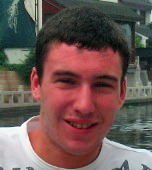
From May 20th – July 31st, 2008, Alex was a research experience undergraduate at the East China University of Science and Technology (ECUST) in Shangai, China under the guidance of Professor Guorong Chen who is renowned for his work on biocomposite materials.
He was involved in a variety of projects involving glass material for optical applications by assisting other Master and Doctorate students.
These projects included:
- Absorption and Fluorescence of Chalcogenide Glasses Doped with Bi, Dy, and Tm
- An Investigation of Oxide Glasses Co-Doped with Tb, Sm, Er, and Tm for functionality in White Light Emitting Diodes (LEDs
- An examination of Gem and Jade and the Thermal Properties of Oxide Glasses
- Solar Cells and Upconverting Chalcogenide Glass
- Mesoporous Nanospheres
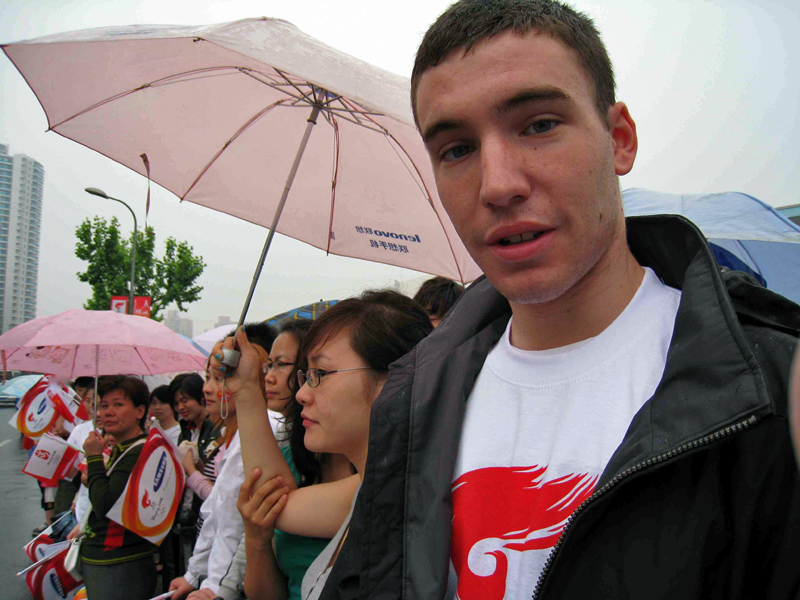
Full report on his research projects and life in China
Alex found living and working in China a unique experience, with a myriad of things that are different between the United States and China including food, transportation, language, and education. “The food is vastly different … my favorite Chinese foods were the bread sticks for breakfast (pronounced yo|teo) which cost .40 RMB each ($0.058), and varieties of noodle soups (pronounced mian|tao) for lunch and dinner, which cost 3.50 RMB ($0.51) …”
The subway and bus system allows you to get any where in the city cheaply. “With the Shanghai subway I can travel across Shanghai for less than a dollar. Taxis are the preferred method if you need to get somewhere that cannot be reached by foot and/or subway or if you want to travel directly to a place. Taxis have a flat fee of 11 RMB ($1.60) … for shorter distances, bike is the preferred method of travel. A good bike, with multiple locks being a necessity, costs about 500 RMB ($72). Driving in Shanghai is very hectic with many people simply disregarding the rules of the road and incessantly honking of the horn. Also a license to drive in Shanghai costs over $1000 …”
The language, Mandarin, is drastically different than English, so Chinese is rather difficult. “There are very few cognates, however the sentence structure at the basic level is rather simple (no verb conjugation, however words have to be added to indicate tense). A perfect grasp of the language is not a necessity in a University environment however, because all students have studied English for more than 10 years…. However you should always make an effort to learn the language out of respect, and outside the University very little English is spoken, so learn the basic words, and try to keep a dictionary handy”.
The education system here also differs from that in the United States. “There is a placement test at the end of middle school and high school which single handedly, decides which students get to go to the top schools. In technology studies the first three and a half years of undergraduate study are similar to that of the US, in that the students take classes. However, in the second half of the 4th year students conduct research in labs. I think this is very useful experience that aids students in their future work. Masters and Doctorate study are very similar to that in the United States”.
Alex took advantage of his time in China to travel around the area, and extended his trip so he could also visit Hong Kong and experience the 2008 Olympic Games in Beijing. “ …..Places I visited in China included …Shanghai, largest City in the world. Much more loud and busy than the Lehigh Valley. Visited many sites including Nanjing Road, Hua Hai Road, Pudong, the Bund, Old Shanghai, and Chenghuang Temple; Nanjing, beautiful city, home of Professor Chen. Visisted Xuanwu Lake, Sun-Yat Sen Mausoleum, the observatories in the surrounding mountains, and a memorial to the 300,000 people in Nanjing that were murdered during WWII.; Hangzhou, great history, visited West Lake, Leifing Pagoda and Lingyin Temple; Suzhou, visited Lion Forest Garden and Suzhou Museum; Sanya, beautiful beaches ….; Haikou, visited Hairui Tomb; and Shenzhen ..”
Alex concludes .. “ …..all people are more alike than different, and in this sense it was very easy to adjust to life in China. Everyone I knew here was incredibly nice. The students were very similar to American students, so we had many common interests. I will forever treasure my time in China and hope to return in the future, although my Professor says I cannot return as a student to him until my Chinese gets better!”
IMI Research Spotlight - Samuel Young
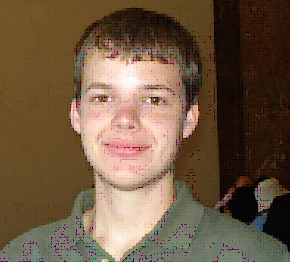
Samuel Young is an undergraduate materials science and engineering student at Iowa State University.
IMI-NFG funded his 10 week stay this summer at the University of Madrid, Spain where he was involved in a research project “Preparation and Characterization of Nanostructured Thin-Film Oxide Materials for New Optoelectronic Applications” as part of our International Research Experience Undergraduate (REU) program.
I am a junior in materials science and engineering at Iowa State. From May 26 to August 1, I collaborated with Professors Steve W. Martin from Iowa State University (ISU) and Raúl J. Martin-Palma from the Autonomous University of Madrid (UAM). My research project was dealing with the “Preparation and Characterization of Nanostructured Thin-Film Oxide Materials for New Optoelectronic Applications”.
During my stay in Madrid, I was able to learn a little about nanoporous silicon and make some samples before my material for making thin-films with arrived. These porous silicon samples were made by running current to small pieces of silicon wafer through hydrofluoric acid to etch out holes that look like honeycomb under microscope. At UAM, they are researching the photo-luminescent, electrical, and biocompatibility properties of these surfaces and coating them with things like poly(ethylene glycol) to change these properties and prevent oxidation.
My main project began when powdered GeS2 and GeO2 arrived from ISU. I used an electron-beam under vacuum to evaporate these materials onto silicon or glass substrate. I tested the films’ properties using visible and infrared spectroscopy.
Some of my tentative results are that GeS2 thin films oxidize very quickly; illuminated films oxidize only a little faster; GeS2 powder suffers from thermal shock as soon as the e-beam hits it and needs to be compressed or melted to work effectively; and also, thickness and rate of deposition of these films is difficult to control using e-beam evaporation.
As for the rest of the trip, Madrid was a nice city with a beautiful “central park” and many fountains and monuments. One cool experience from Madrid was El Rastro, the largest open-air flee market in the Europe, which is held every Sunday. Never having lived in a big city, just being there was a learning experience.
On weekends I visited towns around Madrid, Granada, and also Paris, France with friends I met from my dorm. I highly recommend going to Paris if you are ever nearby.
The biggest thing I can take away from this trip though, was knowledge of Spanish language and culture. I went from not understanding a thing my taxi driver said on the way from the airport to comfortably communicating (at least in simple conversations) by the end.
Overall, my REU internship was a fun learning experience that I will never forget, and I can’t thank Prof. Martin, Prof. Palma, and the IMI at Lehigh University enough for working so hard to make this happen for me.
Past IMI-NFG Research Spotlight
Graduate Student
Department of Materials Science & Engineering, University of Arizona
Collaborated with
Prof. Bruno Bureau's laboratory at University of Rennes, France
First Phase: January 15, 2006 to June 15, 2006
Second Phase: August 30, 2006 to December 14, 2006
Graduate Student
New York State College of Ceramics, Alfred University
Collaborated with Prof. Akiyoshi Osaka in Tsushima , Japan
Summer 2006
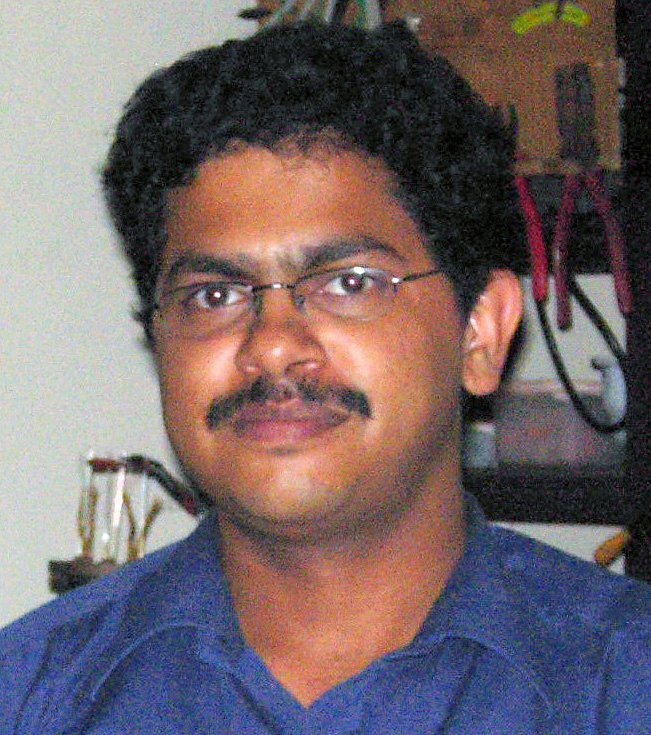
Graduate Student of Physics from Jadavpur University, India
Collaborated with
Prof. Venkat Gopalan in Penn State University &
Prof. Himanshu Jain, Lehigh University
January 2006 to July 2006
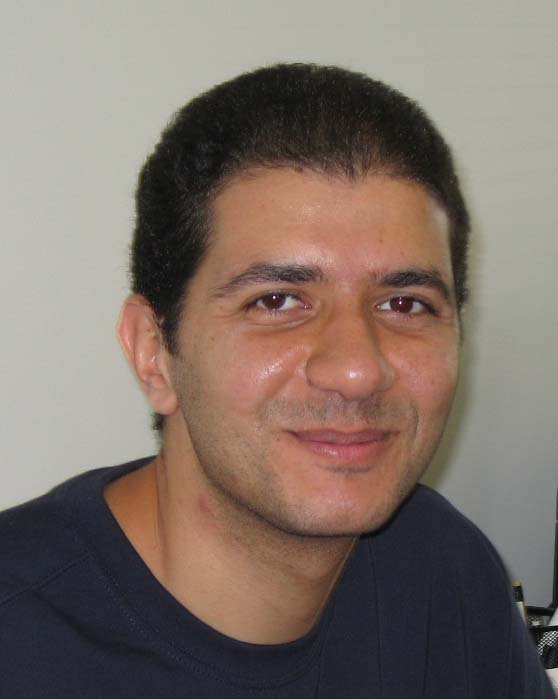
Post graduate dentist from Alexandria Univeristy, Egypt
Research project title: "Development of Tissue Engineering Scaffold Utilizing Bioactive Glass having Nano-to Meso scale 3/D porosity"
February 2006 to August 2006
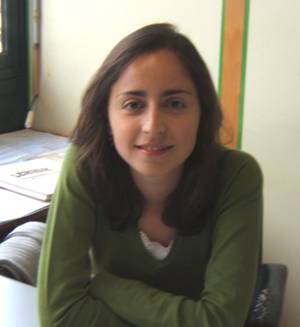
Post doctoral researcher from Instituto Superior Técnico in Lisbon, Portugal
Research project title: "Nano-mesoporous sol-gel glass bone tissue scaffold"
First Phase: January to March 2006
Second Phase: February to June 2007
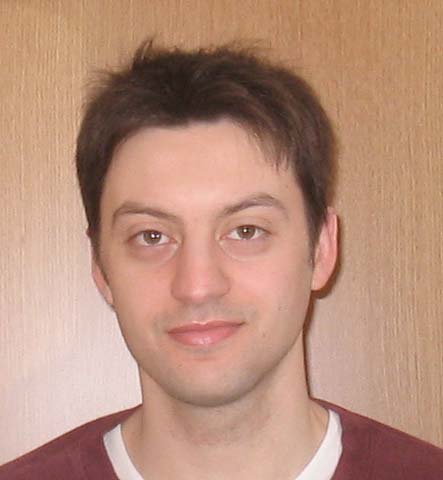
Graduate student from University of Modena and Reggio Emilia, Italy
Research project title: "Rational design of new glasses & glass-ceramics with improved bio-mechanical properties"
September 2006 to December-2006
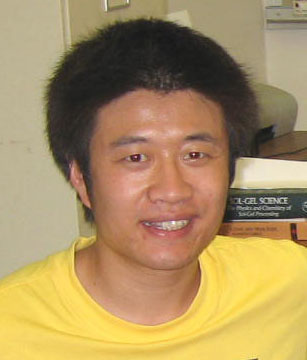
Graduate Student from East China University of Science and Technology (ECUST), Shanghai, China
Research project title: “Near Infrared Broadband Emission from Bismuth/Dysprosium Co-doped Chalcohalide Glasses”
June 2007 to November-2007
|
Site Map | ©2008 Lehigh University International Materials Institute Sinclair Laboratory, 7 Asa Drive, Bethlehem, PA 18015 Tel: 610-758-1112 · e-mail: imi@lehigh.edu |
